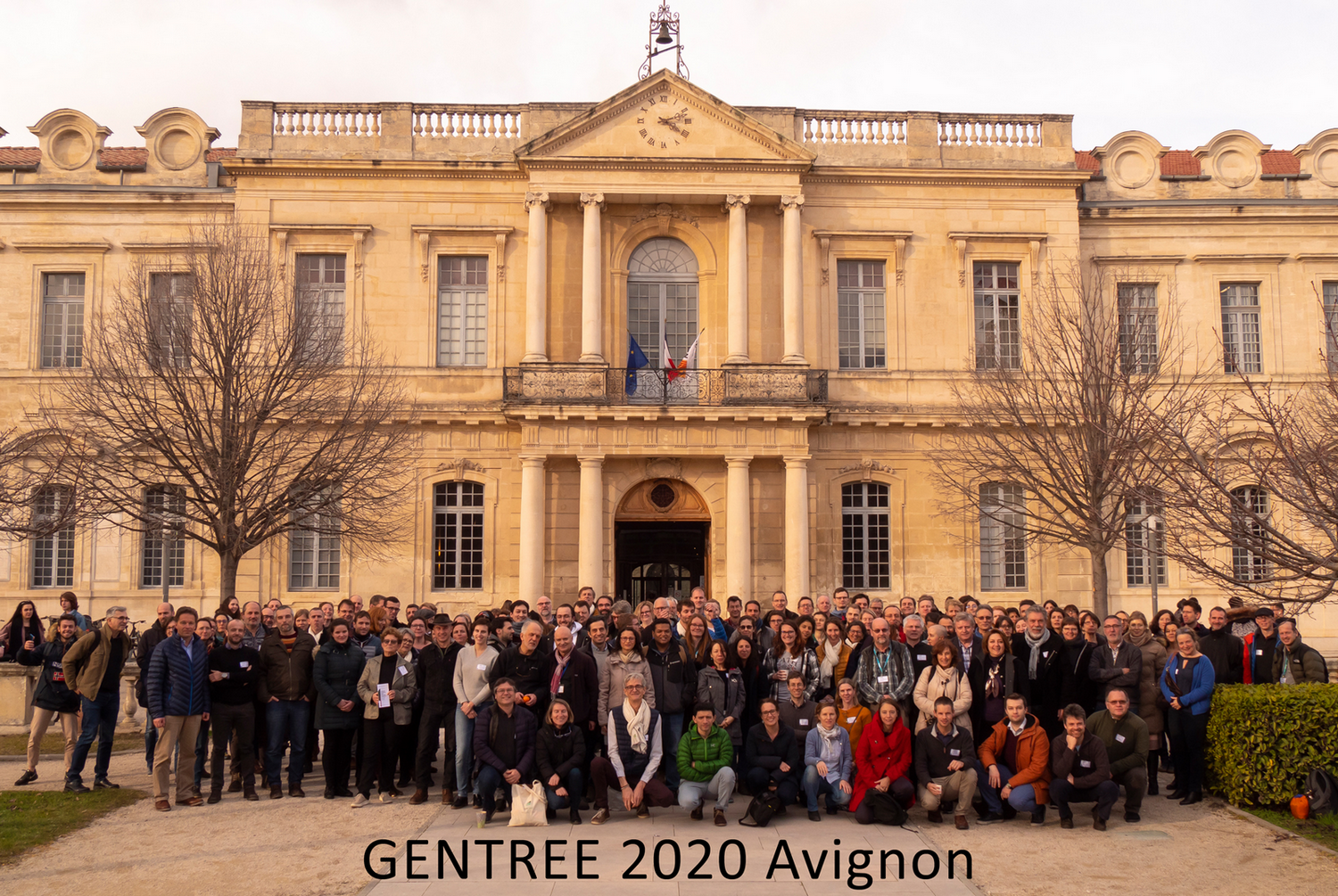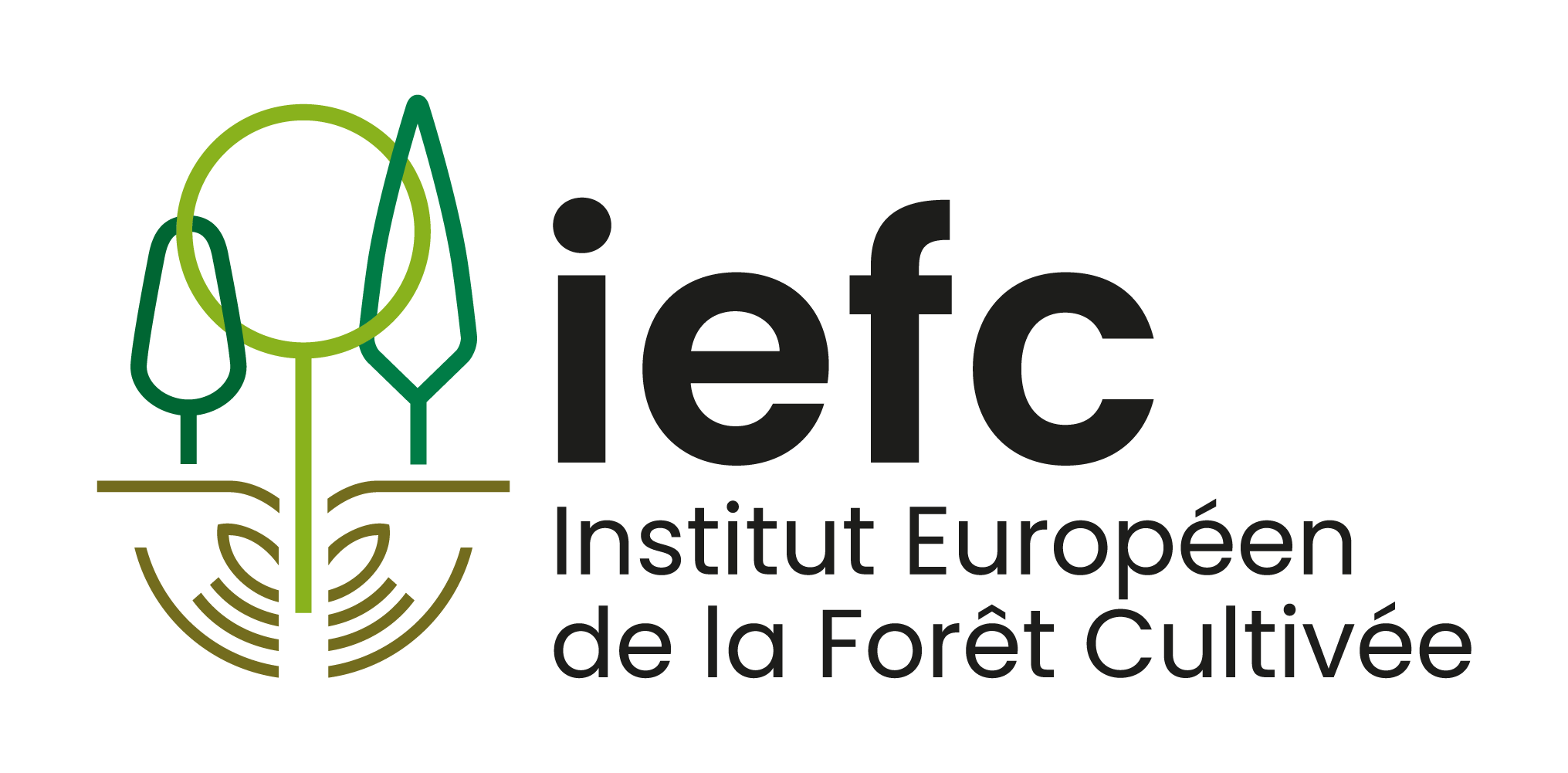Managing forests sustainably in a changing world – A conference to conclude GenTree
 Members of the GENTREE project in front of the University of Avignon
Members of the GENTREE project in front of the University of Avignon
GENTREE was a 4 year project aimed at improving the management of forest genetic resources, improving the knowledge of existing diversity, and characterizing the forest genetic material available.
This work will serve to plan genetic resources conservation at a European a level and to support breeding programmes. Most of the effort was focused on the sampling of DNA and phenological information of common tree species of interest across Europe: Betula pendula, Fagus sylvatica, Picea abies, Pinus pinaster, Pinus sylvestris, Populus nigra, Quercus petraea, Abies alba, Pinus cembra, Pinus halepensis, Pinus nigra and Taxus baccata. Most of the presentations made during the final conference aimed at identifying the capacity of diverse species/provenances/families to cope with the future climate on the assumption that it will be dryer and/or warmer.
In the opening talk, the project coordinator, Bruno Fady reminded the audience that diversity is a key component of forest ecosystems resilience and that it was necessary to evaluate it not only between species but also within the tree species populations.
Many genetic studies focusing on all the species listed above pointed to the complexity of the genetic determinants explaining the adaptive capacity of individual trees. On the one side there is a large part of the genome, with many loci, involved in the processes explaining the good adaptation capacity of individuals, while simultaneously, plasticity and site characteristics can make the interpretation very complex. As a result, the link between genetic diversity and adaptive capacity is not straightforward. For example a Greek study analyzing sampling from all the GENTREE species, concludes that the Pinus pinea, which has the narrowest genetics, is the most plastic species over the large climatic gradient studied. Some studies confirmed also that the genetic structure of a population was influenced by the speed and the pathway of recolonization after previous glaciations, but also by fine local site heterogeneity, especially in mountainous areas where warm and dry sites can be of value for selecting potentially interesting future populations.
In relation to biotic disease resistance, one of the talks focussing on ash (Fraxinus excelsior) concluded that an assisted enrichment of the population with seedlings of tolerant genotypes could significantly improve resistance of stands affected by the ash dieback disease.
A NFI based study carried out by A. Changenet on tree mortality showed that for all species the greatest mortality was at the edge of the range, but that it was nevertheless present throughout the whole species distribution area, challenging the theory of a simple disappearance of species at their southern limit.
One of the group of tasks of the project was more focused on measure undertaken in countries to evaluate the perception and the benefit of the genetic work for society. Marcus Lindner made a presentation showing that stakeholders have a little knowledge of the measures supporting adaptation in their countries and that when there is some knowledge, this knowledge is considered as insufficient. He concluded by saying that for a successful adaptation of European forests to climate change a better understanding of the link between management practices and forest genetic resource dynamics under climate change is needed. This understanding needs to be communicated to stakeholders and decision makers at different levels, from practical forest management in forest districts to national policy implementation.
The last talk was a topic proposed by IEFC staff and aimed at evaluating the economic gain induced by genetic gain to demonstrate the strong added value for forest owners of breeding programmes. Across Europe for Scots pine (Pinus sylvestris) and Maritime pine (Pinus pinaster) we observe genetic gains of between 7 and 40% for growth thanks to breeding programmes. But calculating this gain over the rotation length increases the economic gain by up to 60 to 160% depending on the sites and management strategies considered.
All the videos of the talks are available online, as well as the posters.
Author: Christophe Orazio (IEFC)
